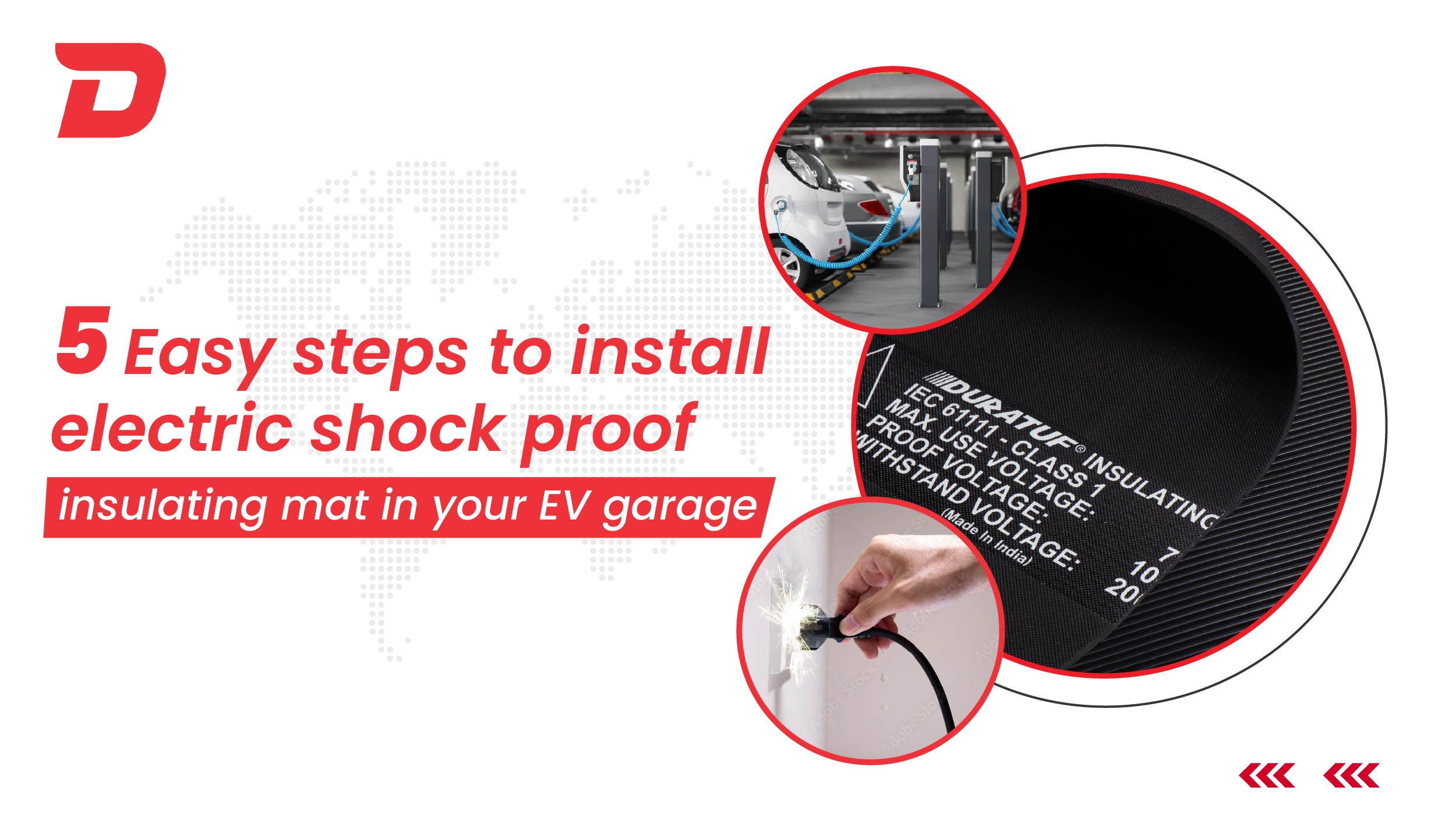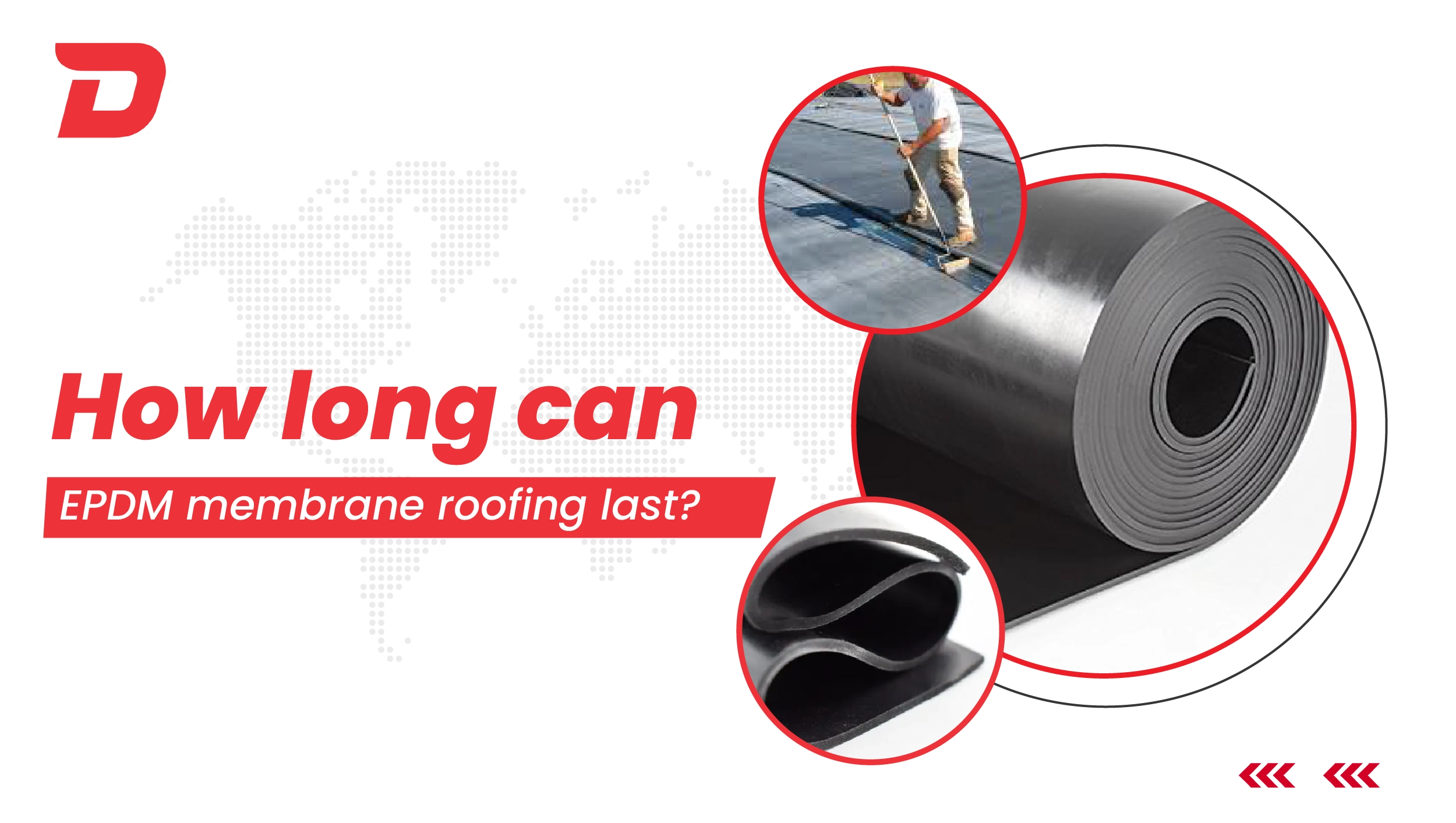Are you involved in the construction business? Have you ever wondered why a PVC conveyor belt often fails after a few months of usage? Did you calculate your total material handling cost after frequent belt failures?
There are many conveyor belt material types available in the market. How much do you know about them?
If your answer is- ‘not much’ and ‘we rely on our vendor to understand conveyor belt application’, you are certainly not alone.
However, here is the catch. If you are not selecting conveyor belt parts for your works, you may face hefty loss from downtime, repairs, and replacements.

Why do you need specific conveyor belt material types for the building material industry?
When we talk about construction applications, it covers everything from sourcing the materials to planning and making a structure. While in the latter stages, a conveyor belt is not especially required, but in the sourcing stage, conveyor belt application is crucial.
A generic PVC conveyor belt or rubber belting is not designed for:
- High-impact loads (e.g., dropping cement bags or stones from height)
- Coarse, abrasive materials like crushed aggregates or sand
- Dust and fine particulate buildup, which accelerates wear
- High-temperature materials, such as freshly molded concrete blocks
Unsuitable conveyor belt rubber matter may lead to:
- Early cracking, delamination, or tearing
- Frequent belt replacements and increased OPEX (operating expenses)
- Production delays due to sudden downtime
Different types of conveyor belts that you can use
According to a major conveyor belt manufacturing company in India, below are the rubber belting types preferred by most users for construction applications:
1. PVC conveyor belt
A PVC conveyor belt is made of a flexible, lightweight polyvinyl chloride compound. The features of this conveyor belt rubber material are not suitable for highly demanding construction applications.
It is best used to transport small, packaged materials like small insulation boards. Yes, a PVC conveyor belt is easy to clean. Moreover, it can also withstand oils and chemicals.
They have low impact resistance. Thus, such types of conveyor belt covers may wear out when transporting heavy, abrasive, or sharp construction materials.
2. Rubber Conveyor Belt
A rubber conveyor belt is the most popular choice, and the answer to ‘Which conveyor is used in cement industry?’ question. The rubber covers have tested abrasion resistance.
Cotton or Nylon Reinforcements are added between the rubber layers for more durability.
Furthermore, reputed conveyor belt suppliers may even offer you different rubber covers to sustain different levels of abrasion.
Get certified rubber belting for your rubber conveyor belt application now!

3. Steel Cord Conveyor Belt
A steel cord conveyor belt is suitable for conveying materials with high tensile strength. Out of all conveyor belt material types, this is used in large infrastructure projects especially. It is also avidly used in mass earth-moving projects or tunnel boring systems.
A steel cord conveyor belt ensures minimal elongation and tracking stability.
Conveyor Belt Parts: The Entire List of Components
Even the best belt material will fail without proper support. Therefore, here are conveyor belt parts jotted in a gist for you:
- Rollers & Idlers: Ensure belt tracking and reduce wear
- Drive Pulley: Provides motion and grip
- Take-up Pulley: Adjusts tension
- Skirt Boards & Cleaners: Prevent spillage and buildup
Research suggests that proper maintenance of these components can increase belt life by 25–40%.
Align different conveyor belt components with your site needs
You can only utilize the full potential of your conveyor belt material types if they align with your industrial requirements.
Ask yourself these questions to be sure:
- Is my conveyor belt exposed to sharp, abrasive materials?
- Are chemicals or oils involved in the operations?
- Is there frequent exposure to water, dust, or extreme temperatures?
- Do I need a smooth belt surface or textured for grip?
A conveyor belt India supplier with technical consulting services can assess your needs and recommend the best match for you.

Choosing the right conveyor belt manufacturing company in India
This is the most important area, where you might feel a bit confused- how to find a trusted conveyor belt company in India. There are many big, medium, and small-sized companies. How to know whom to trust?
We can help. After you have finally figured out what conveyor belt material types will serve your construction applications, now is the time to decide your supplier.
Note that a conveyor belt supplier may not be a direct manufacturer and vice versa. However, look for partners who:
- Has ISO and ISI certifications
- Provide pre-installation consultations
- Have local service teams to minimize downtime
Summing up,
A conveyor belt material enhances your productivity by automating your work. However, they can also lead to unplanned downtime. Among the different conveyor belt material types available in the market, a PVC conveyor belt is not fit for construction applications. But a rubber belt with reinforcements and steel conveyor belts are.
However, to understand which one will be the perfect fit for you- you need to consult with the experts. Don’t leave your conveyor performance to chance. Talk to an expert today!







